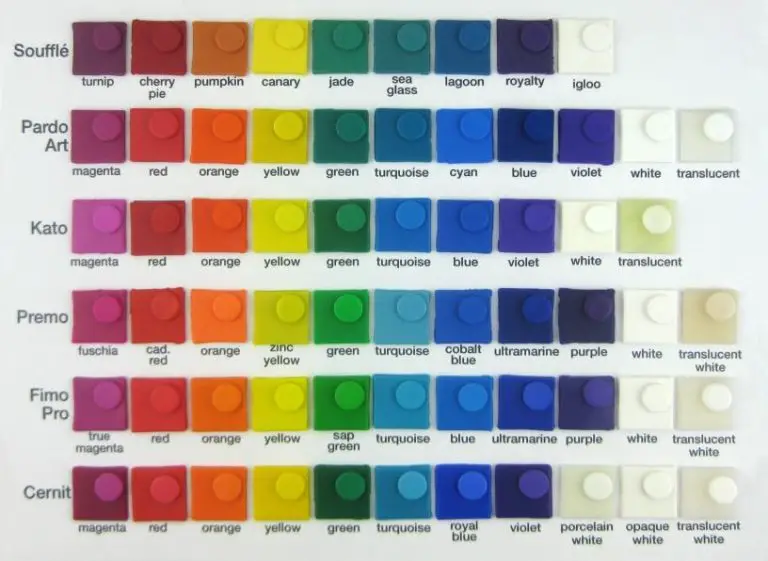How Long Does It Take To Walk Through The Belle Isle Aquarium?
The Belle Isle Aquarium first opened its doors on August 18, 1904, making it the oldest public aquarium in the continental United States (source). It was designed by architect Albert Kahn and is known for its gorgeous tilework and art deco architectural style. Located on Belle Isle in Detroit, MI, the aquarium houses thousands of fish, reptiles, amphibians, invertebrates, and more. Key attractions include the main exhibit hall with a sturgeon tank, underwater tunnels, a touch tank, seahorse exhibit, jellyfish tanks, and turtle habitats.
Main Exhibit Hall
The Main Exhibit Hall at the Belle Isle Aquarium is one of the largest freshwater exhibit halls in the United States at 10,000 square feet. The hall contains over 30 aquarium tanks ranging in size from a few hundred gallons up to 5,000 gallons (per Wikipedia).
Some of the notable exhibits in the Main Hall include a giant 5,000 gallon sturgeon tank, an Amazon realm exhibit featuring fish from the Amazon River basin like arowana and discus, and a shark tank with freshwater stingrays and bamboo sharks. There is also an underwater simulated shipwreck with large gamefish like muskellunge as well as smaller community tanks exhibiting fish species from Michigan and the Great Lakes region.
The hall has a distinctive domed ceiling that amplifies the ambient sounds of the aquarium tanks. Skylights let in natural light to illuminate the exhibits. The large volume of water in the Main Exhibit Hall helps maintain stable water parameters for the health and wellbeing of the fish.
Sturgeon Tank
The showstopper exhibit at Belle Isle Aquarium is the sturgeon tank, which measures 42 feet long, 8 feet wide, and 6 feet deep according to Freep.com. This massive tank houses two lake sturgeon, which can grow over 6 feet long and live well over 100 years. Lake sturgeon are ancient fish that have existed since the time of the dinosaurs over 136 million years ago, as noted by the Belle Isle Conservancy. Sturgeon have armor-like scales called scutes, sensory barbels by their mouths, and they lack teeth – instead sucking up prey from the aquarium floor.
Underwater Tunnels
One of the highlights of the Belle Isle Aquarium is the underwater glass tunnels that allow visitors to view fish and aquatic life from below the surface. The aquarium has two underwater tunnels that run the length of the largest exhibit tanks.
The main tunnel is 35 feet long and wraps around the 10,000 gallon Sturgeon tank, providing a unique vantage point to observe the massive sturgeon gliding overhead (Source). The tunnel is decorated with a mosaic floor and offers visitors the chance to enter the sturgeon’s domain.
The second smaller tunnel runs alongside the native Michigan fish tank. Visitors can watch species like walleye, lake trout, and yellow perch swim at eye level through the long chamber (Source). The tunnels allow you to appreciate the size and beauty of the fish from a new underwater perspective.
Touch Tank
One of the most popular exhibits for hands-on interaction at the Belle Isle Aquarium is the Touch Tank. Located near the entrance to the main hall, the Touch Tank allows visitors to gently touch and interact with some of the aquarium’s sea creatures. According to the Detroit News, the Touch Tank contains sea stars, sea urchins, horseshoe crabs, and hermit crabs.
Some of the animals found in the Touch Tank include Knobby starfish, which have bumps or knobs covering their bodies, and the Spiny sea star, which have spines on their upper surface. Visitors may also spot Red sea urchins with their long, movable spines or Atlantic horseshoe crabs with their rounded, armor-plated shells. Small hermit crabs scurry across the Touch Tank floor. By interacting gently with these creatures, aquarium guests can learn about their unique textures, structures, and behaviors.
Seahorse Exhibit
The seahorse exhibit at Belle Isle Aquarium opened in 2014 and features several species of seahorses including lined seahorses, dwarf seahorses, and potbelly seahorses. According to one reviewer, “I especially liked the Sea Horse exhibit. Please bring a few dollars to drop into the donation box that helps take care of them” (source). The seahorses are displayed in multiple tanks with artificial seaweed and coral to mimic their natural ocean habitat. Seahorses are slow-moving and rely on their camouflage and prehensile tails to anchor themselves to plants. The tanks allow visitors to get up close and observe the seahorses clinging to branches and gently fluttering their fins. Interpretive signs provide details on the seahorses’ unique features like their independently moving eyes, male pregnancy, and rotated spines that allow them to ambush passing food.
Jellyfish Tanks
There are five tanks for moon jellyfish (Aurelia aurita) at the Belle Isle Aquarium. Jellyfish are amazing creatures that have inhabited the seas for hundreds of millions of years. These jellyfish tanks allow visitors to admire the graceful movements and mesmerizing beauty of the jellies as they pulse slowly through the water (http://detroitaquarium.weebly.com/moon-jellyfish.html).
The moon jellyfish on display are native to the Atlantic Ocean. They have a disc-shaped bell that can grow up to 12 inches wide, with tentacles trailing below. Their translucent bodies shimmer in hues of white, blue, purple and pink under the aquarium lights. While their sting is not potent enough to harm humans, it allows them to capture plankton and small fish to eat (http://detroitaquarium.weebly.com/moon-jellyfish1.html).
Visitors of all ages delight in watching the hypnotic drifting and pulsing of the moon jellies in their softly lit tanks. These mesmerizing exhibits showcase some of nature’s most mystical marine creatures.
Turtle Exhibits
The Belle Isle Aquarium has a diverse collection of turtle species on display, including snapping turtles, sliders, and painted turtles. One of the most notable is the alligator snapping turtle from the lower Mississippi River region. This prehistoric-looking turtle has a spiked shell and powerful beaked jaws capable of delivering a nasty bite. They use their worm-like tongues to lure in prey.

Other types of turtles you’ll encounter include common map turtles, false map turtles, and Cumberland sliders. These river turtles are known for their attractive shell patterns and markings. Painted turtles are another highlight, displaying red, yellow, and black designs on their shells and skin.
A cool fact about turtles is that they can withdraw their heads straight back into their shells when threatened, thanks to their uniquely designed necks. This helps protect them from predators. Turtles are also one of the oldest reptile groups, having existed for over 200 million years.
Conclusion
The Belle Isle Aquarium can comfortably be explored in 30-60 minutes. The main hall and exhibits provide an informative walkthrough that is suitable for all ages. With 10,000 animals and over 60 tanks and aquatic attractions, visitors can easily spend a leisurely hour exploring the aquarium at a relaxed pace.
To make the most of your visit, arrive early when there are fewer crowds. Weekday mornings tend to be less busy than weekends. Take your time wandering through each exhibit hall and tunnel while reading the informative signs at each display. The touch tanks are a highlight for hands-on interaction. Photography is permitted, so bring your camera to capture unique underwater creatures. Check the aquarium’s event calendar for special programs like feeding times, keeper chats, and activities.
Additional Resources
For more information about visiting and exploring the Belle Isle Aquarium, check out the following resources:
The official Belle Isle Conservancy website provides details on all the attractions and amenities on Belle Isle.
This Belle Isle Aquarium history page covers the aquarium’s origins and unique architecture.
The Visit Detroit tourism site has an overview of the aquarium exhibits and details.



